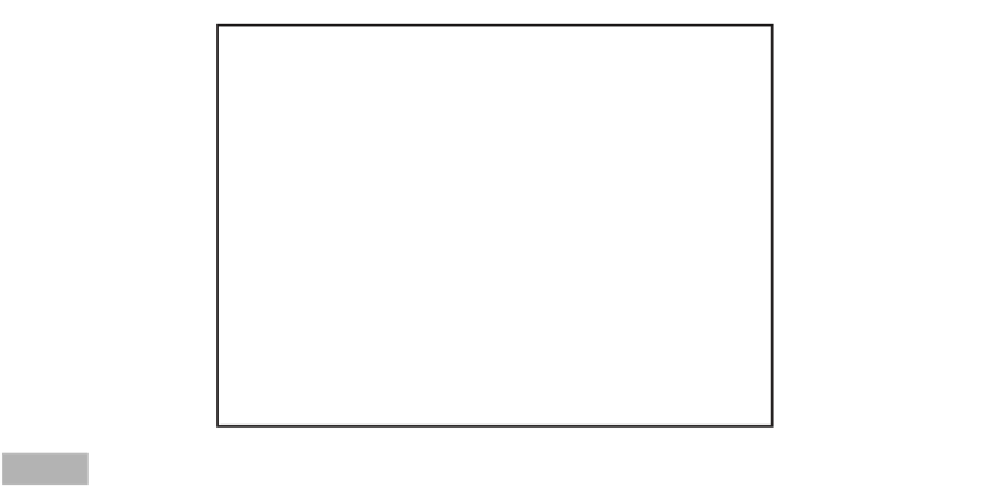Geoscience Reference
In-Depth Information
than litter with a lot of air mass. Forests with dense
undergrowth (especially pine plantations) will burn
more readily than forests where the undergrowth has
been removed. The moisture content of living and
dead material also dictates the possibility of ignition
and fire spread. Dead grasses readily absorb moisture,
their moisture content fluctuating with the diurnal
humidity cycle. Humidity increases at night, and
grasses have their highest moisture content in the early
morning. Monitoring of the proportion of cured grass
and its moisture content can give a good index of the
susceptibility of that fuel to ignition and burning. In
Eucalyptus
forest, the types of tree species condition
fire behavior. Stringy-barks permit fire to reach
treetops and throw off flaming bark, thus favoring
spot
fires
, whereas smooth barks do not generate flying
embers.
The climate before a fire season also conditions the
fire threat. If fuel has built up, then climatic condition-
ing is less important; however, it still takes dry weather
to cure and dehydrate grass and bush litter. This
desiccation process is exacerbated by prolonged
drought in the summer season. Typically, El Niño-
Southern Oscillation (ENSO) events occurring at
Christmas coincide with Australia's summer season. In
California, La Niña events produce fire weather.
During these types of events, dry conditions are
guaranteed for several months, ensuring that fuels dry
out more completely. Because such events can now be
predicted months in advance, it is possible in many
countries to warn of severe fire seasons before summer
arrives.
The prediction of bush or forest fires may even
extend beyond this time span. As pointed out in
Chapter 2, the 11-year sunspot cycle appears in rainfall
records for many countries, while the 18.6-year lunar
cycle dominates the coincidence of worldwide drought
or rainfall. Because natural conflagrations are most
likely during major droughts, it is to be expected that
forest fires evince one of these astronomical cycles.
Vines (1974) has performed detailed work on the
cyclicity of bushfires in Australia and Canada, and
believes that cyclicities of 6-7 years and 10-11 years
appearing in these countries directly reflect sunspot
cycles. The 10-11-year periodicity also appears in
the fire records of the southern United States since
1930, although at sunspot minima. In the Great Lakes
region, major conflagrations between 1870 and 1920
coincided very well with peaks in the 11-year sunspot
cycle. Logically, major fire seasons should also corre-
late with the 18.6-year lunar cycle; however, little
research has been carried out to verify this conjecture.
Figure 7.3 illustrates the typical daily weather
pattern leading to extreme bushfires in south-eastern
Australia. A high-pressure system moves slowly south-
east of Australia and ridges back over the continent.
This directs strong, desiccating, north-west winds from
the interior of the continent across its south-east
corner. These winds are followed by a strong southerly
change that may drop humidity but maintain high wind
0
1000 km
L
L
L
1012
1016
1020
10
24
Subtropical
Jet
1028
H
7 Feb 1967
Typical synoptic weather pattern conducive to bushfire conflagrations in south-eastern Australia.
Fig. 7.3
































